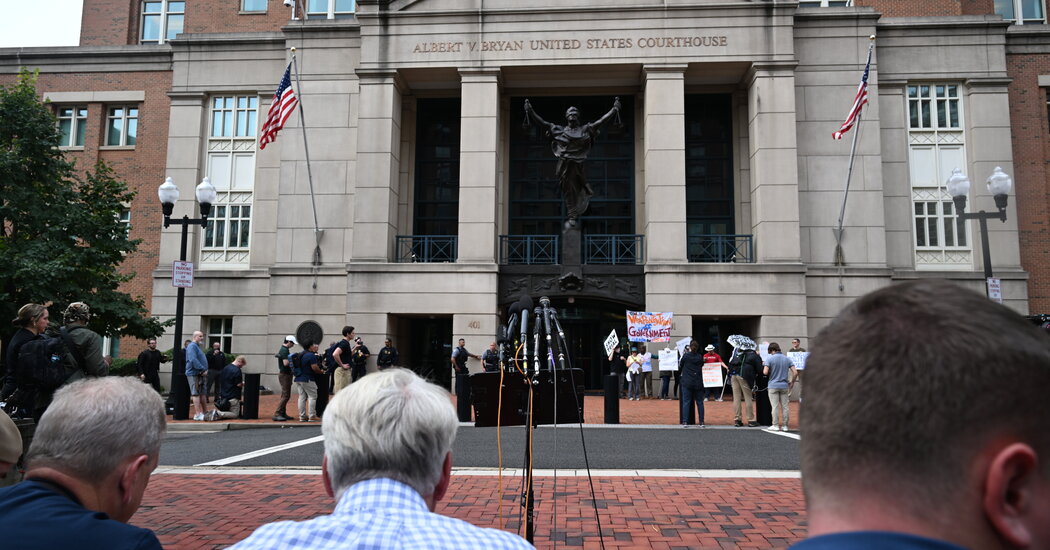A lawyer for James B. Comey, the former F.B.I. director, said at his arraignment on Wednesday that the defense team intended to file two motions to dismiss the case against him before it goes to trial.
The lawyer, Patrick J. Fitzgerald — himself a former high-powered Justice Department prosecutor — indicated that the defense would accuse the Trump administration of abusing prosecutorial power and raise a technical challenge to the legitimacy of the prosector President Trump installed to bring the case, Lindsey Halligan.
Here is a closer look at those types of challenges.
What is the abuse of prosecutorial power claim?
One of the motions to dismiss the case that the Comey defense team intended to make, Mr. Fitzgerald said, would be based on a claim that the charges amounted to “vindictive prosecution” and “selective, retaliatory prosecution at the direction of President Trump to silence” Mr. Comey.
These are closely related concepts involving abuse of prosecutorial power in violation of the Constitution’s guarantee that everyone has a right to due process and equal protection under the law.
What is vindictive prosecution?
It is a type of prosecutorial misconduct that involves bringing charges for improper reasons, such as retaliation for an exercise of constitutional rights. The idea is that such a case would violate a defendant’s right to due process under the law.
It is not enough, legal specialists say, to show that prosecutors focused on a particular person, since there are many examples of special counsels being appointed to investigate and charge a particular matter. The defense would have to show that the reason prosecutors focused on Mr. Comey was for something like retaliation over his exercise of constitutional rights.
Thank you for your patience while we verify access. If you are in Reader mode please exit and log into your Times account, or subscribe for all of The Times.
Thank you for your patience while we verify access.
Already a subscriber? Log in.
Want all of The Times? Subscribe.
The post Comey’s Two Legal Challenges to His Indictment, Explained appeared first on New York Times.




